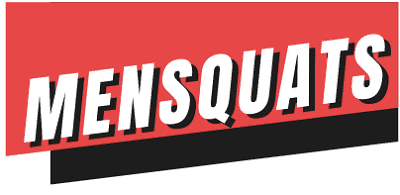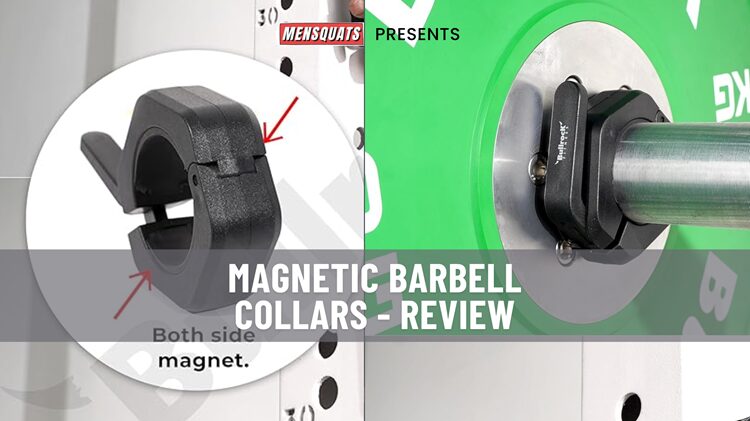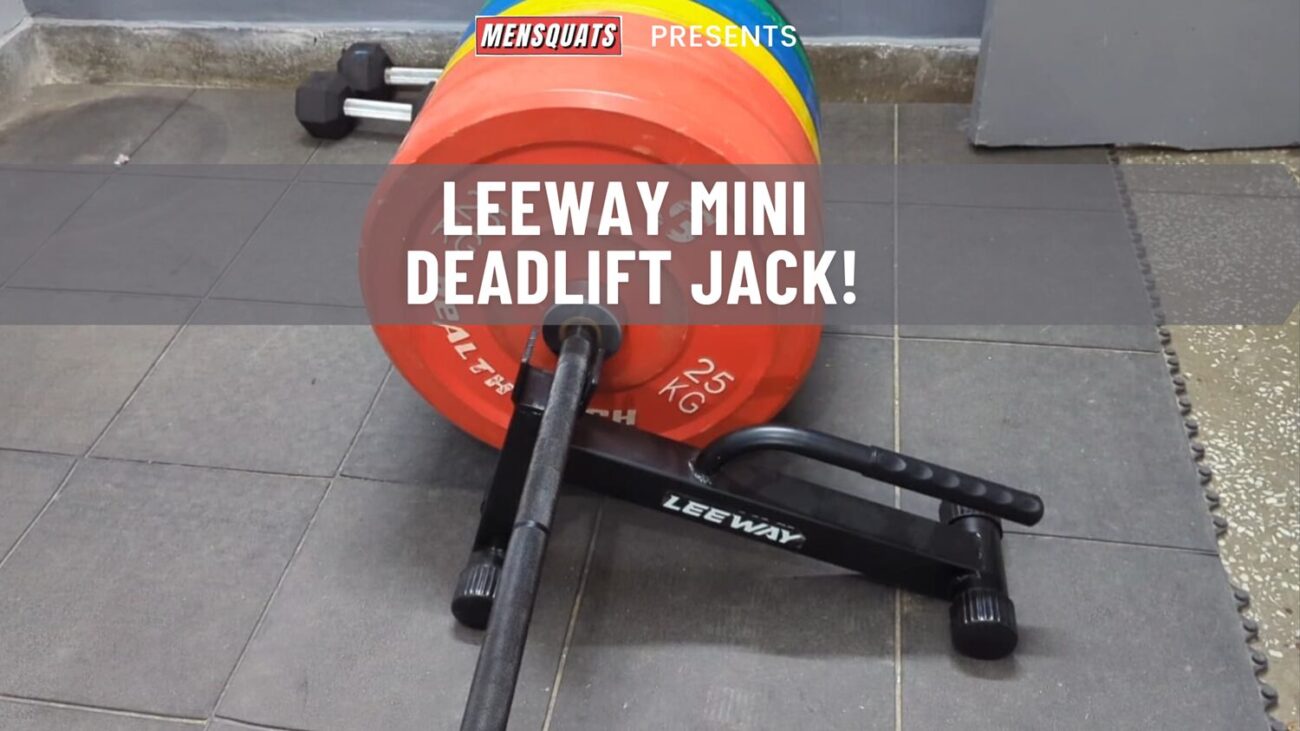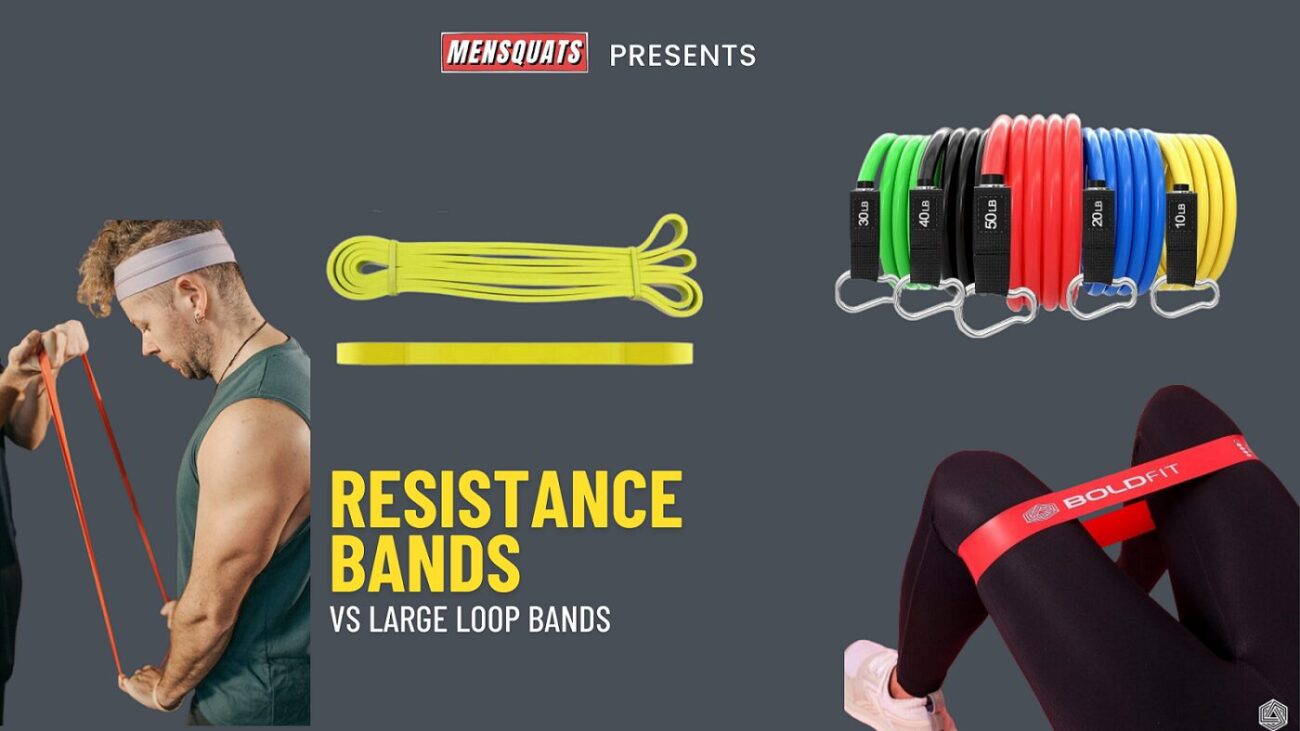Are Lifting Straps Worth It – How, Why, When to Use?

Let’s explore the effective use of lifting straps in the world of weightlifting.🏋️♂️ We’ll break down when and how to use lifting straps to your advantage & are lifting straps worth it?😀
Why Use Lifting Straps?
✅ Lifting straps serve a simple yet crucial purpose: they help you maintain a solid grip on the bar.
When dealing with heavy lifts or high repetitions, lifting straps can be your ally.
Consider scenarios like deadlifts, pulls, or hangs – straps make it easier to keep your grip intact, allowing you to focus on perfecting your technique.
Should I Use Lifting Straps For Deadlifts?
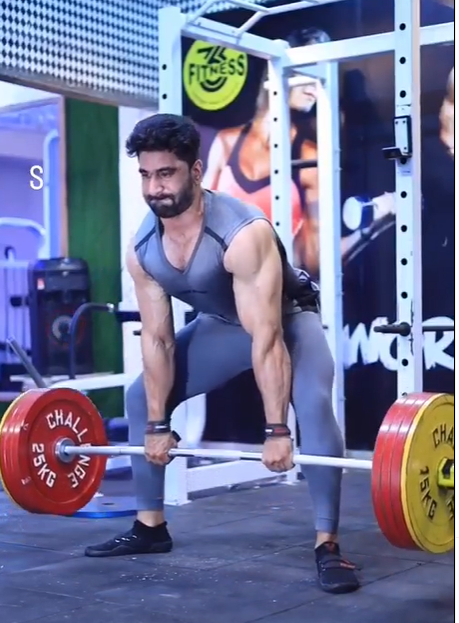
This depends on who I’m talking to.
If you’re going to compete in a SPORT that allows you to use straps, like strongman competitions, where crazy lifts are common and straps are allowed, then I’d say go ahead and use them. 😀
It’s important to get good at using them if they’re allowed in your sport. 🏋️♂️
✅ However, for the average person, here’s my advice: if you can’t hold the weight, you can’t lift it. Your grip strength is often the weakest link, and if you can’t hold it, you can’t lift it.
Some might argue that their back is too strong for their hands, but our hands are naturally strong.
With proper training, they can support most people’s lifting needs.
I pulled 150 kgs barehanded, and powerlifters, who aren’t allowed to use wrist straps, use alternate grips or hook grips.
“Let your hands get stronger; don't be afraid of that.💀”
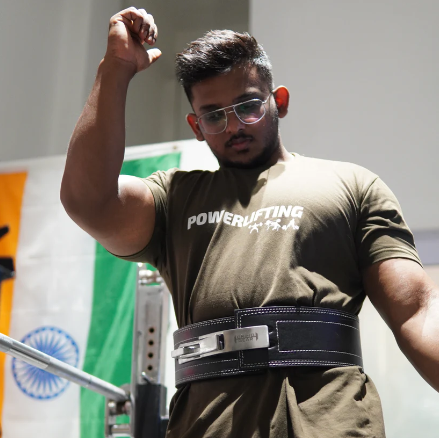
I used to rely on GYM belts and wrist wraps, but eventually, I realized I needed to work on my grip strength. Eliminating aids like belts and straps made me focus more on important aspects of training.
It’s about not avoiding what your body is telling you.😀
✔️ Now, about using straps: I used them when competing, especially for isolation exercises after heavy lifts. If my grip strength wasn’t keeping up, I’d use straps to focus on specific muscles without my forearms giving out.
“It’s not about ego; it’s about targeting certain areas.” But for overall strength and muscle building, lifting straps might not provide much value.💤
Regarding wrist straps, they make it easier to hold heavy weights, allowing you to fatigue target muscles without grip failure.
➡️ For Non-Competitive Lifters:
They can help you make gains that lead to more gains.
Lifting grips also have benefits, isolating muscles and concentrating on them without worrying about your grip.
In the end, whether you use straps or grips depends on your goals.
Straps can be helpful in certain situations, like targeting specific muscles without grip fatigue.
✔️ Grip strength is vital in various activities, from manual labour to combat sports, where powerful hands can make a huge difference.
I’ve seen firsthand the impact of strong hands in my family and sports endeavours.😃 So, consider your goals and make informed choices about using straps and grips.
How To Use Lifting Straps?
Here’s how they work❓
➡️ Proper Wrapping Technique:
- Ensure the strap lies flat on your hand, with the top end inward.
- Allow the strap to hang behind the bar as you grip it, then pull it around the bar’s inner side.
- Position the strap over your hand, not your wrist, especially when going overhead.💤
➡️ Securing the Strap:
- Gradually tighten the strap by rotating the bar toward yourself and pinching it against the bar, akin to a ratchet mechanism.
- Some lifters thread the strap end through the loop, but this may slow down release during a miss.
By following these guidelines, you can effectively incorporate straps into your weightlifting routine while prioritizing safety, skill development, and performance improvement.
Where Lifting Straps Shine? Benefits in Training
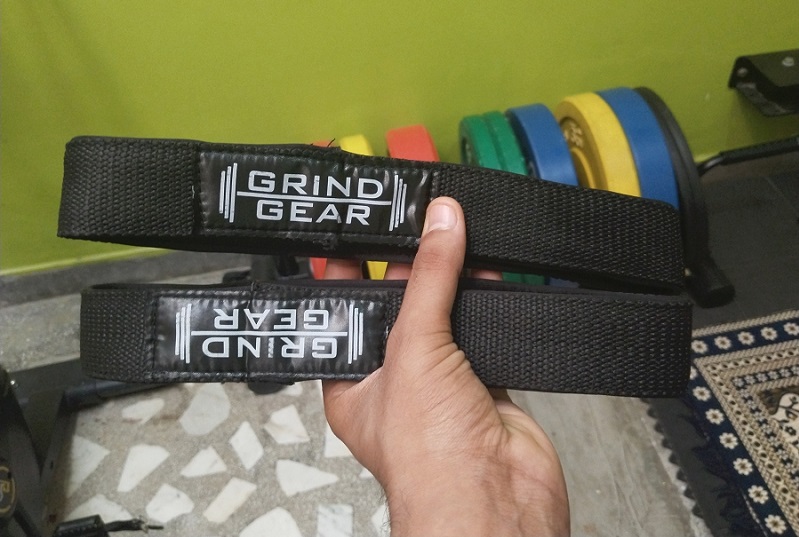
✅ Lifting straps offer significant benefits in various training scenarios:
- Rapid Reps: Straps excel in rapid sets, allowing you to maintain technique and grip during quick doubles, triples, or quadruples.
- Pauses and Positional Work: They prove useful during pauses and positional exercises. Weight lifting straps help you sustain grip and technique under tension, enhancing your strength and confidence.
- Hang Variations: Straps aid in hang variations like high hangs or low hangs, letting you focus on targeted positions and weaknesses.
- Heavy Pulls: Weight lifting Straps come in handy for executing heavy pulls such as snatch pulls or deficit pulls. They contribute to building absolute strength and maintaining positions.
What’s the Difference Between Wrist Wraps and Lifting Straps?
Both are essential lifting gears.
However, people often wonder about the differences, and some even mistakenly buy one when they are meant to purchase the other.💯
✅ Let’s dive in
1. Wrist Wraps:

Wrist wraps serve to provide compression and support to your wrists during exercises. Take a look at my personal pair.
You’ll wrap these around your wrists, and they come in handy for various types of movements.
💤 For instance, during shoulder presses, bench presses, or even low bar back squats, where your wrists need that extra stability. They are straightforward to use and are USPA-approved.
2. Lifting Straps:

Now, onto lifting straps. 😃
There are lasso lifting straps and also figure 8 Olympic lifting straps.
The lasso straps have a unique purpose – they’re designed to enhance your grip strength.
These straps remove the need for a strong grip during certain exercises, allowing you to focus more on the targeted muscles.
Thing to note: These lifting straps don't replace grip work entirely but can be a valuable tool for targeted exercises.
In a nutshell, that’s the distinction between lifting straps and wrist wraps.💯
Best Weight Lifting Straps in India
In this discussion, we’re going to explore different styles of weightlifting straps. Let’s dive right in.

KEY POINTS
1. Single Closed Loop Strap:
This style offers secure bar attachment without fully wrapping around the wrist. It’s versatile and ideal for Olympic-based movements that require a quick release, like snatches.
➡️ Perfect for those who need fast bar disengagement for safety.2. Single Loop or Lasso Style Strap:
This popular style is commonly seen in recreational gyms. It provides good bar security and versatility, making it suitable for both strength and power-based movements.
➡️ It’s a go-to choice for many lifters.3. Figure of 8 Strap:
The figure of 8 straps provides the highest level of bar security. It’s designed for deadlifting and strongman-type pulling movements.
While extremely secure, it’s less versatile compared to other styles.
- Using Single Loop Strap (Lasso Style) for Power Cleans: The strap provides good bar security but affects my front rack position by pulling my elbows out of place. It’s easy to disengage the strap, making it convenient to release the bar.
- Using Lasso Style Strap (Single Loop): Remember to put the strap on the correct way based on thumb placement. It’s effective for power cleans but may interfere with front rack position and require some effort to disengage.
- Using Figure of 8 Strap for Power Clean (Not Recommended for This Movement): The figure of 8 strap offers maximum security but lacks versatility. It’s not advisable for power cleans due to difficulty in disengaging and potential injury risk.
Material Matters:
- Straps come in various materials: synthetic nylon, leather, and cotton.
- Nylon straps are durable and strong, but they may cause discomfort and sweat retention.
- Leather straps provide a natural feel and flexibility but may not absorb sweat well.
- Cotton straps are commonly used for their comfort, sweat absorption, and flexibility, but they might wear out faster than nylon or leather.
💯 Different Types of Straps and Materials:
| Rank | Picture | Name | Shops |
|---|---|---|---|
| #1 |  | Figure 8 Strap
| Price |
| #2 |  | Single Loop – Cotton Straps:
| Price |
| #3 |  | Nylon Straps:
| Price |
| #4 |  | Leather Lasso Style Strap:
| Price |
| #5 |  | Wrist Wrap + Strap
| Price |
✅ To explore a comprehensive rundown of the straps discussed here and find the one that suits your needs.
Remember, different straps serve different purposes, so choose the one that aligns with your lifting goals and preferences. 🏋️♂️
Happy lifting!
FAQs
1. Are lifting straps allowed in powerlifting?
Yes, lifting straps are generally allowed in powerlifting competitions, but it’s essential to check the specific rules and regulations of the competition you’re participating in.
Some organizations may have restrictions on the types of lifting straps that can be used.
2. Are lifting straps considered cheating?
No, lifting straps are not considered cheating.
They are a tool used to enhance grip strength and assist in lifting heavier weights, especially when grip strength is a limiting factor.
However, they should be used judiciously and not relied upon exclusively.
3. Can you use straps in Olympic lifting?
Yes, you can use lifting straps in Olympic lifting for exercises like clean pulls or snatch pulls. However, straps are not typically allowed during the actual Olympic lifts (snatch and clean and jerk) in official competitions.
4. How to use figure 8 lifting straps?
To use Figure 8 lifting straps for deadlifts:
- Thread one wrist through the figure-8 loop, allowing the strap to rest in the palm of your hand.
- Pass the other end of the strap under the barbell, then bring it over the bar and back through the loop.
- Tighten the strap around your wrist by pulling the loose end.
- Grip the bar and start your deadlift.
5. Can you use lifting straps in competition?
Lifting straps are generally not allowed in competition for sports like weightlifting, powerlifting, and most CrossFit events.
These events prioritize raw lifting abilities and grip strength.
Subscribe to our email newsletter!
